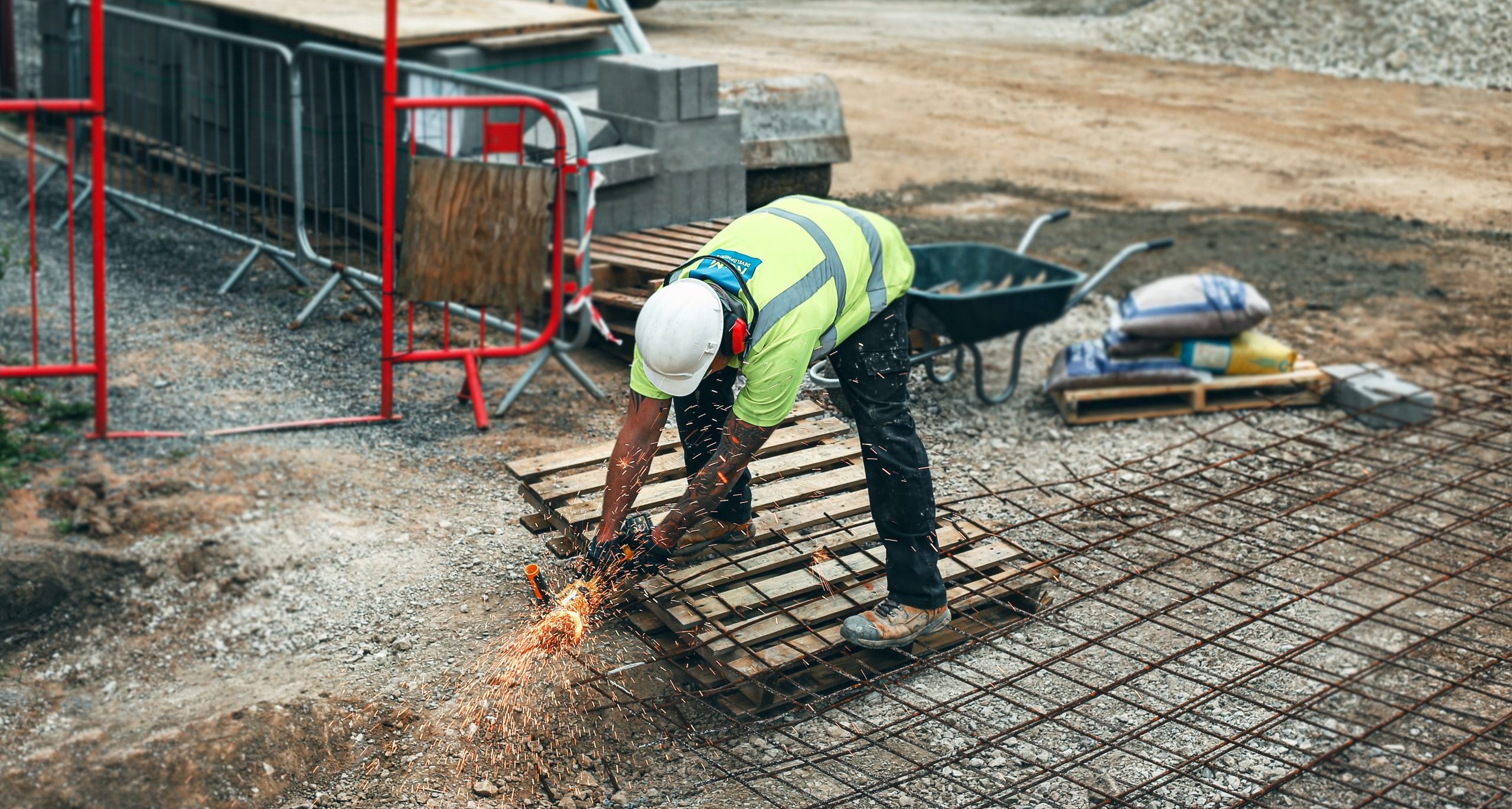 Richard Armitage is a GP and Public Health Specialty Registrar, and Honorary Assistant Professor at the University of Nottingham. He is on twitter: @drricharmitage
Richard Armitage is a GP and Public Health Specialty Registrar, and Honorary Assistant Professor at the University of Nottingham. He is on twitter: @drricharmitage
The COVID-19 pandemic has caused a substantial and sustained migration of working activities from office-based locations to telecommuting at home. 36% of working adults reporting to have worked from home at least once per week in January 2022.1 Appropriately, the physical and mental health impacts of this considerable lifestyle shift have been subjected to academic scrutiny.2,3 This, in light of some troubling results, has informed health and safety policy to safeguard against potential negative health outcomes in those working at work.4 However, while the pandemic certainly brought these working arrangement into the international spotlight, modern telecommuting is not the only form of remote working that may have substantial impacts on worker health and wellbeing. We should consider not only the health of those who away from the office, but also those work away from their homes, and ask whether general practice is doing enough to cater for those that adopt such unconventional employment conditions.
‘People that work away from home’ describes this collection of professions that include long distance transportation… on civil engineering projects… and the constructors of new buildings and commercial facility projects.
There so far appears to be no widely accepted term to describe the working arrangements of this group of individuals who work away from home. While the focus of their work can vary substantially, members of this workforce lack a fixed base of employment activity and instead work across multiple locations that may change over time. Their work, which is often categorised as a ‘contractor’ arrangement, involves remotely operating in a mobile manner at a significant distance from the individual’s home that prevents them from returning for long periods of time. For want of a better description, ‘People that work away from home’ describes this collection of professions that include long distance transportation (such as road haulage, ocean freight, and coach holiday drivers), those that work on civil engineering projects (such as highways, bridges and railway infrastructure), and the constructors of new buildings and commercial facility projects. This collection of workers constitutes a significant proportion of the adult working population, such as the 6% of the UK’s workforce that is formally employed in the country’s construction sector.5
The nature of these professions often exposes their employees to substantial physical health risks, as is reflected in the rates of musculoskeletal disorders, COPD, mesothelioma and non-fatal injuries within the construction industry, which are each significantly higher than in workers across all other industries.5 While the UK’s Health and Safety Executive aims to minimise the risk of occupation-related injury and ill-health across all sectors, including those that work away from home, an important question for primary healthcare is to what extent does general practice serve the particular needs of this wide-ranging workforce?
The predominant barrier to high quality primary care that face people working away from home is convenient access to relevant services. Due to the nature of their professions, these workers often spend long stretches of time away from their homes, often for periods of weeks of months. For example, transcontinental truck haulage can take many days, transoceanic container freight many weeks, and infrastructure construction many months to complete. Also, the contractor nature of many of these occupations means that time away from home often begins at short notice. During these periods, workers have substantially reduced or entirely eliminated opportunities to return to their homes, especially midweek between Mondays and Fridays when their shifts usually take place and may occur overnight. These working conditions bring significant challenges to many domains of the lives of these workers, of which access to primary healthcare services is a notable problem.
Also, the contractor nature of many of these occupations means that time away from home often begins at short notice.
Spending substantial periods away from home, and therefore away from a registered practice, and often with little notice and uncertain return dates, can make continuity of care and prearranged follow-up extremely difficult for this group of workers. For example, making and keeping pre-bookable appointments for a variety of reasons, such as chronic disease management, medication reviews, and population screening programme attendance, can be especially challenging under such working conditions. Episodes of acute illness that require urgent primary care attention, including but not limited to those induced by occupational exposures, may result in temporary residency registration or, more likely, urgent treatment centre attendance or emergency department presentation. Furthermore, any on-going management of ill-health, either within primary care or through secondary care services, can be disrupted through such irregular working conditions.
While many of these workers will have some degree of access to their employer’s occupational health service provider, the backbone of their healthcare will continue to be provided by and coordinated from primary care. It is therefore important that general practice adequately caters for the particular and varied challenges that people who work away from home face in accessing healthcare.
While there is certainly no obvious simple or single solution to this problem, scaling up and increasingly advertising existing primary care services would greatly improve this situation. For example, providing routine and pre-bookable face-to-face general practice appointments at the weekends, when members of this workforce are more likely to be in the vicinity of their registered practice, would be of undisputed benefit. Similarly, increasing the availability of evening telemedicine appointments, when these workers are more likely to be off-shift but still away from home, would be another useful improvement. The use of electronic prescribing to allow the collection of prescriptions wherever the person is working at that time can reduce interruptions in on-going drug treatment. Finally, increasing awareness of these options for accessing healthcare, such as through targeted messaging aimed at those that work away from home, is a simple step towards improving patient access.
With increasing patient demand, a diminishing workforce, and GP morale at ‘rock bottom’ levels,6 modern general practice is straining under enormous pressure while its finite resources are increasingly competed for. As such, calls for general practice to do even more work to cater for those who work away from home may be understandably received with significant resistance. Solutions to help this underserved group will either need additional resources (money and staff), innovative contracting with ancillary healthcare providers (e.g. online GP providers), or development at practice or commissioner level if there is sufficient need to justify the opportunity costs elsewhere. Solutions need to be both effective in helping people who work at home, but also sustainable.
References
- ONS. Homeworking and spending during the coronavirus (COVID-19) pandemic, Great Britain: April 2020 to January 2022. 14 February 2022. https://www.ons.gov.uk/employmentandlabourmarket/peopleinwork/employmentandemployeetypes/articles/homeworkingandspendingduringthecoronaviruscovid19pandemicgreatbritain/april2020tojanuary2022[accessed 15 July 2022]
- RSPH. Survey reveals the mental and physical health impacts of home working during Covid-19. 04 February 2021. https://www.rsph.org.uk/about-us/news/survey-reveals-the-mental-and-physical-health-impacts-of-home-working-during-covid-19.html [accessed 15 July 2022]
- Y Xiao, B Becerik-Gerber, G Lucas, et al. Impacts of Working From Home During COVID-19 Pandemic on Physical and Mental Well-Being of Office Workstation Users. Journal of Occupational and Environmental Medicine March 2021; 63(3): 181-190. DOI: 10.1097/JOM.0000000000002097
- Health and Safety Executive. Managing home workers’ health and safety. https://www.hse.gov.uk/home-working/employer/index.htm [accessed 15 July 2022]
- Health and Safety Executive. Construction statistics in Great Britain, 2021. 16 December 2021. https://www.hse.gov.uk/statistics/industry/construction.pdf [accessed 15 July 2022]
- Pulse. GP morale at ‘rock bottom’, MPs told ahead of health and care reforms. 10 September 2021. https://www.pulsetoday.co.uk/news/politics/gp-morale-at-rock-bottom-mps-told-ahead-of-health-and-care-reforms/ [accessed 15 July 2022]
Featured image by Emma Houghton on Unsplash






